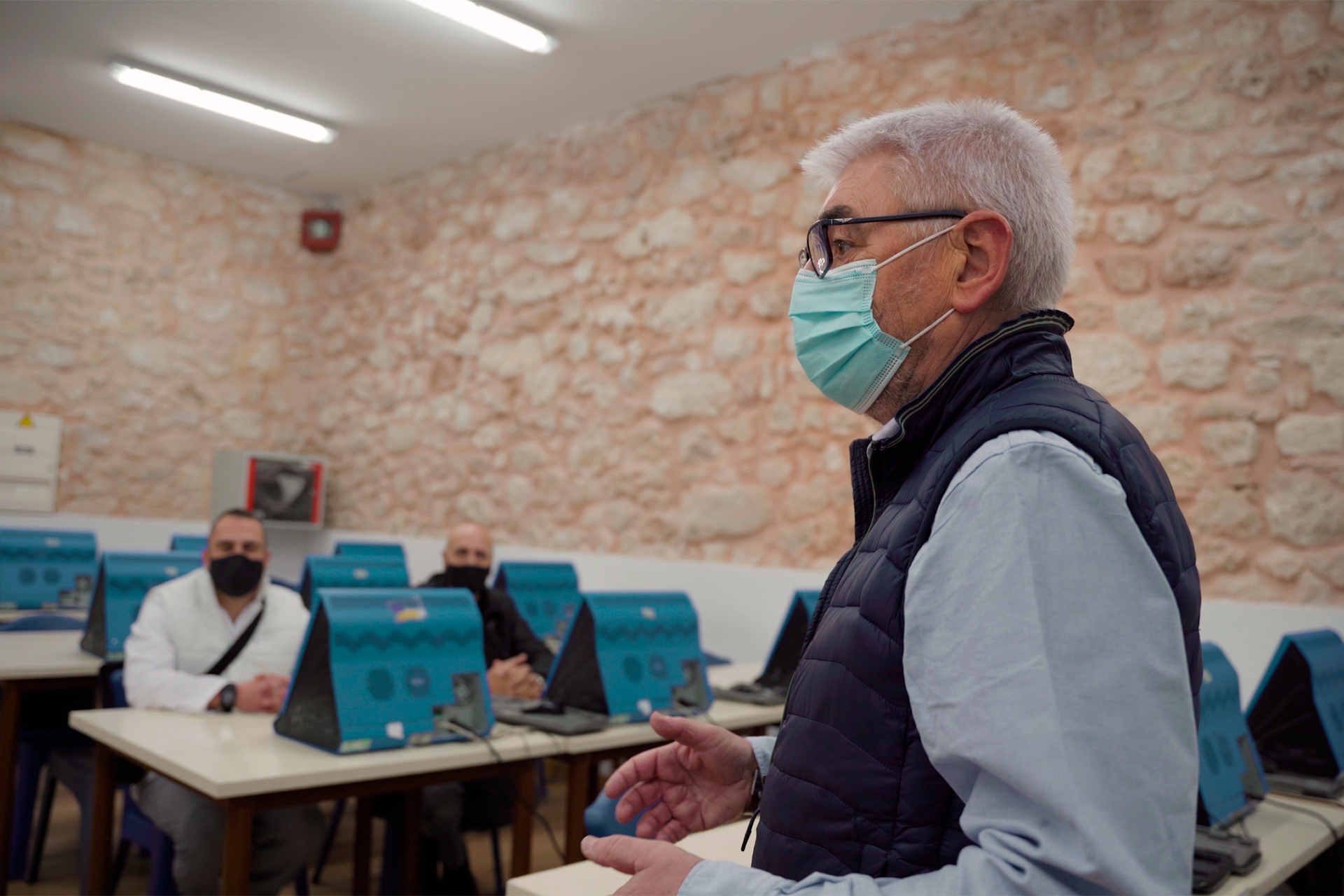How far has global financial inclusion come in the last 10 years?


The digitalization of financial services has helped society progress in many areas, especially in financial inclusion, by increasing access to and use of payments, savings and other products and services. The World Bank's latest Global Findex report, with data on the use of financial services up to 2021, tells us more.
The World Bank’s Global Findex Database on access to financial services — from payments to savings and borrowing — is one of the world's most renowned financial inclusion surveys. Conducted every three years since 2011, it determines how many people have bank accounts. The last survey, Global Findex 2021, taken by 128,000 adults in 123 countries, contains updated indicators on access to and the use of formal and informal financial services and digital payments.
adults with a bank account
adults with a bank account
On the whole, the report's findings are encouraging. Between 2011 and 2021, the number of adults with a bank account at a financial institution or through a mobile money provider grew 50% from 51% to 76%. In developing countries, bank account ownership jumped 30 percentage points from 42% in 2011 to 71% in 2021, largely due to digitalization.
The Global Findex 2021 report covers the impact of mobile payments on financial inclusion; equity in Africa and other developing regions; and how Covid-19 has changed how we use financial services, especially in regard to digital payments. It also includes new data on financial resilience and on the policies and products that, when designed well, can help bridge gaps in financial inclusion and banking.
Financial inclusion is key to the progress of developing economies. It means more investment, business creation, and financial security, with lower transaction fees and greater access to savings and insurance products that help households tackle financial crises.
Global Findex 2021 delivers these key messages based on the survey:
Because of mobile money, digital cards, electronic wallets, peer-to-peer payments and other digital financial services, bank account ownership and use has skyrocketed worldwide.
In developing economies, the gap between men and women who own a bank account narrowed by six percentage points for the first time in a decade.
During the pandemic, digital payments not only helped governments get money to those who needed it most, but also threw consumers and small businesses a lifeline as long as consumers couldn't pay in cash.
The overarching challenge for the future is to integrate the 1.4 billion unbanked adults worldwide into the financial system. According to the World Bank, that means harnessing digital payments, as one-third of adults globally still receive state benefits in cash or through methods other than direct debit.
people financially empowered
people financially empowered
Financial inclusion at Santander
Financial inclusion features in eight of the UN’s 17 UN Sustainable Development Goals and is one of Santander’s responsible banking priorities. Santander wants to help tackle the financial inclusion challenges in the markets where we operate. In Latin America, our main objective is to guarantee access to the financial system; in mature markets, we want to make sure nobody has to exit it.
This year, we announced we would raise our target by five million people to financially empower 15 million individuals through access, lending and financial education initiatives for 2023-2025. Since 2019, we have financially empowered 11.8 million people (including over 1.1 million women entrepreneurs) through financial inclusion initiatives, exceeding the target we set four years ago.
We will continue to pursue this target. Financial inclusion initiatives are an opportunity to make the bank’s services available to the most underserved groups. As the Global Findex 2021 report points out, households and businesses that can access financial services are better off in financial crises than people who can't.







